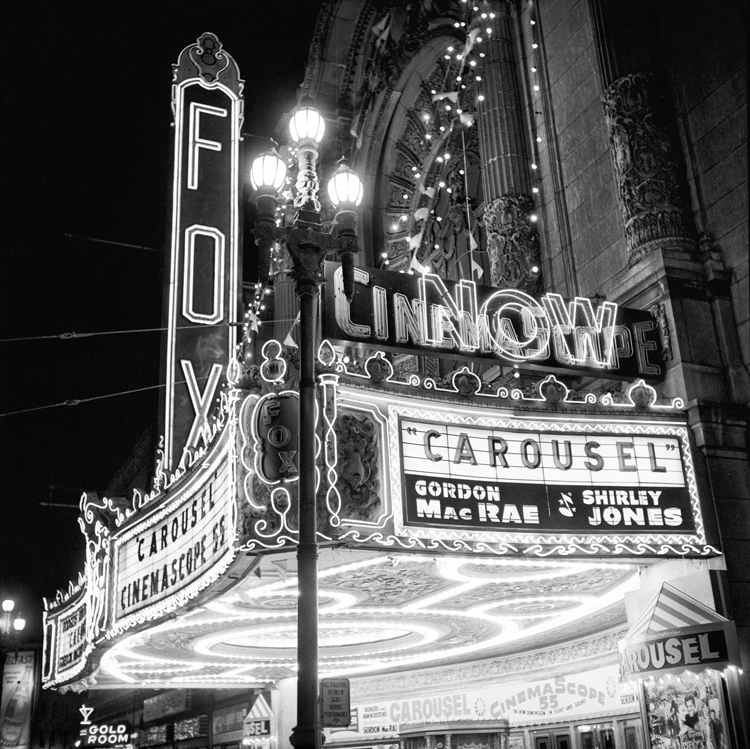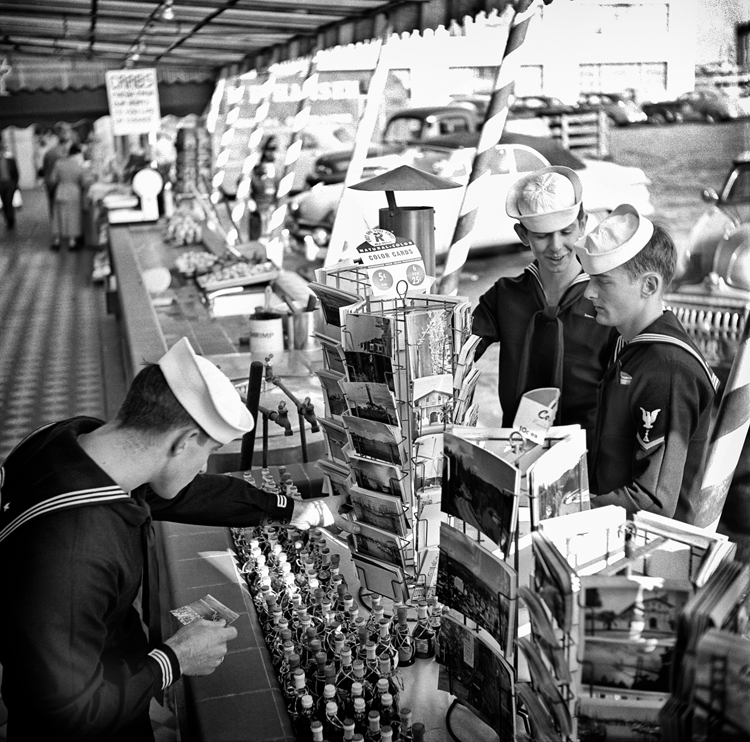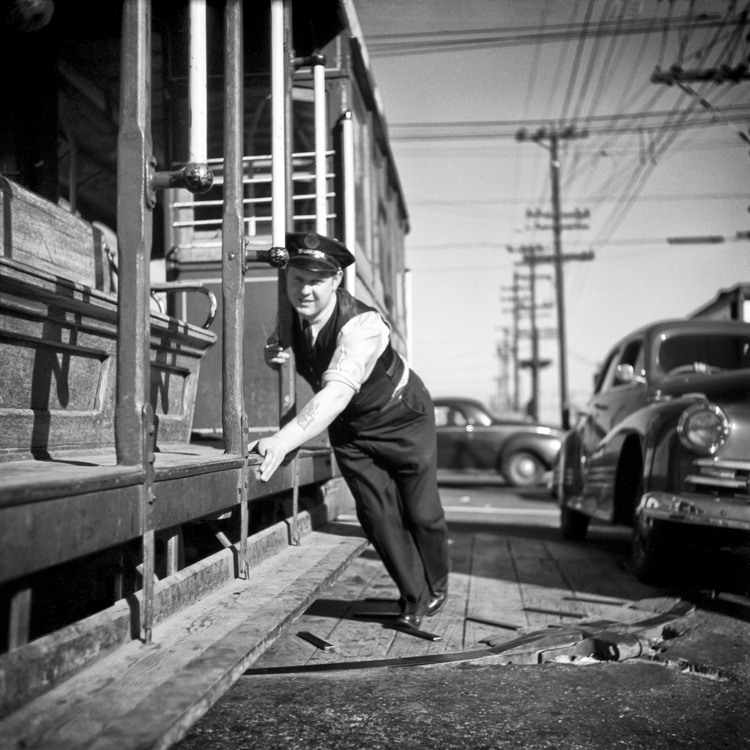Man with a Camera Traveling in Time - Page 2
 |
|
|
 |
|
|
 |
|
|
 |
|
|
|
|
|
|
|
|
|
|
|
|
Thanks to his fashion work, Lyon met his first wife, one of Dick Avedon's first models. "I took her away from all that, and took her out here and made her have babies," Lyon said. "She never forgave me." (Photography also gave Lyon his second wife. He met Penny Rozis, an interior designer, while shooting interiors.)
Throughout his career, Lyon, who married young and raised two boys, was motivated by one overweening goal—paying the bills.
"When you're married and have children, there are lots of enticements to say yes when someone asks you to shoot something," he said.
But, despite his analytical bent, Lyon said, never throughout his career did he imagine that he was creating art, documenting history, or creating history.
He's been proven wrong on all three counts.
Lyon, a Burlingame boy and fourth generation Californian who studied at the top-ranked Art Center College in Los Angeles before serving as a Navy photographer in Washington during the war, says he became a magazine photographer almost by accident.
But that must be the storyteller in him, because he comes across as one determined guy. "I just kept backing into these situations," Lyon said, but added, "I would feel and smell an opportunity, and I would bird-dog it. I would make it work."
Shooting in New York for a fashion studio taught him the photo business. He learned early to please the client. "I could never guarantee that I could do every job spectacularly, but I learned what they did want was careful, good craftsmanship. And they want a good opener, the signature shot they would use in a story."
As a magazine photographer, he quickly learned how to maximize his per-photo profits. The bigger a photo ran the more the photographer got paid. "That influenced my photography, because I soon came to realize that full pages got twice as much as horizontal half pages."




